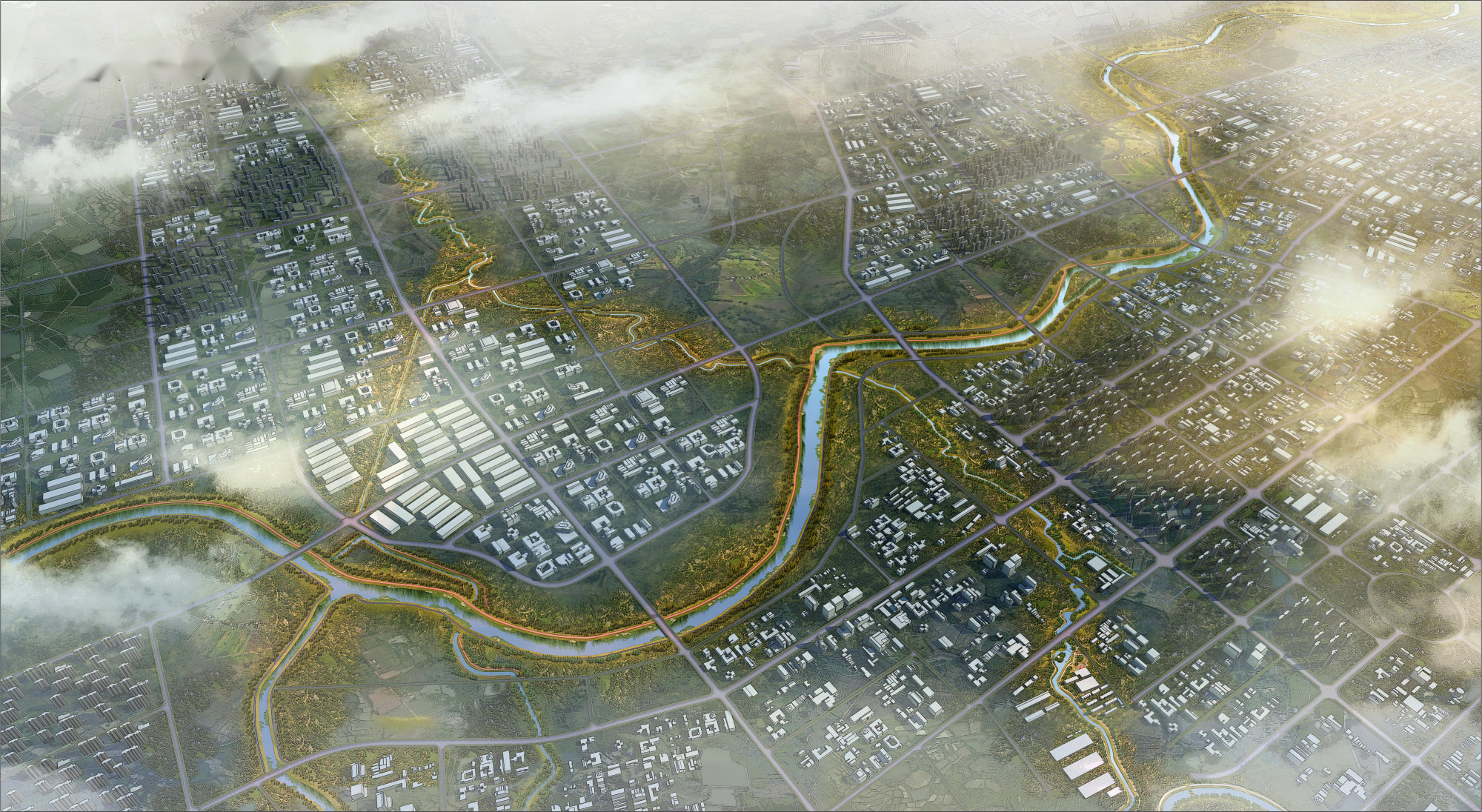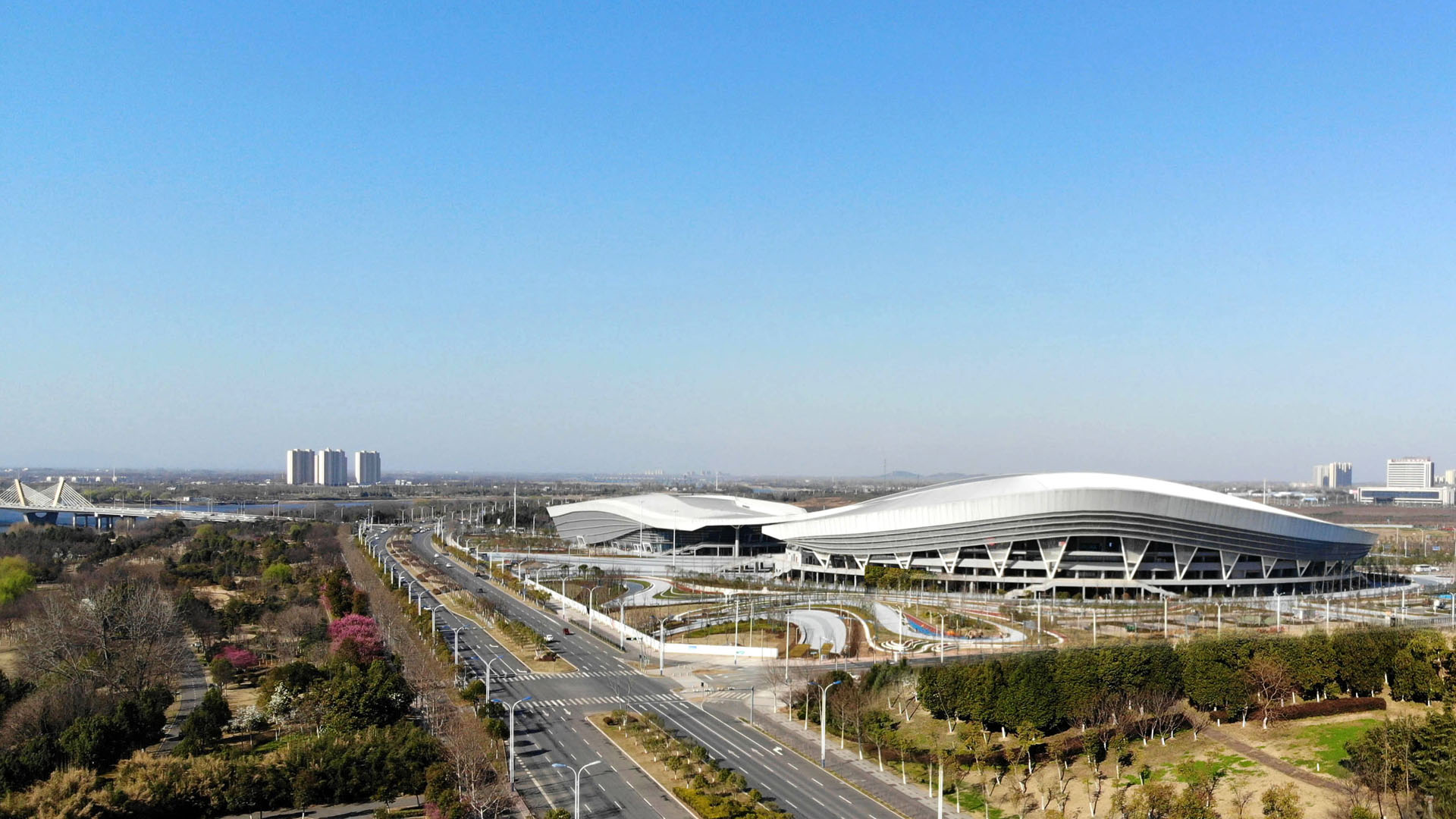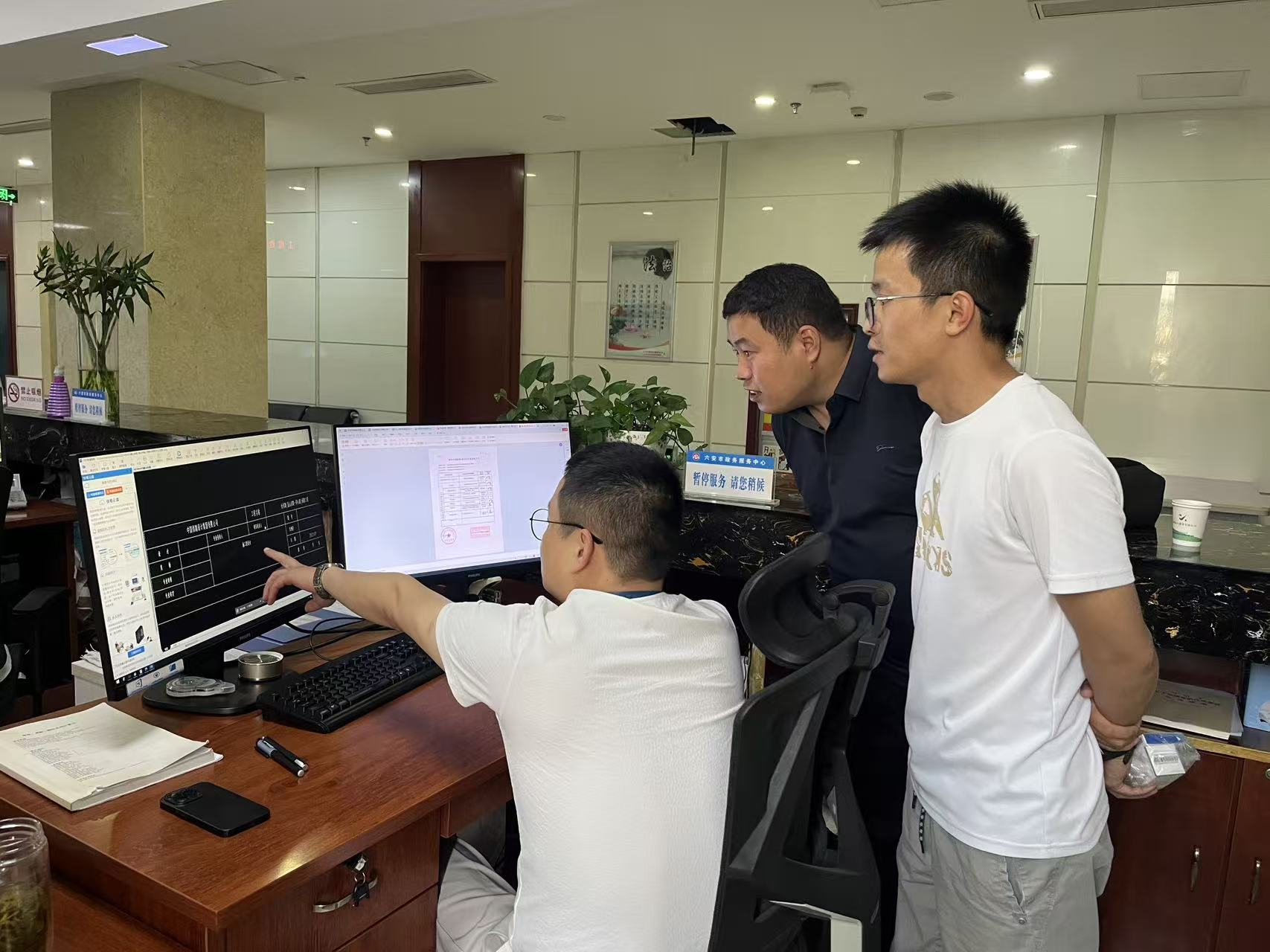关闭
MILAN.COM
- 市城投公司召开“七一”暨深入贯彻中央八项规定精神学习教育专题党课报告会 07-01
- 市城投公司召开党委理论学习中心组(扩大)学习会 07-01
- 洁康公司联合蓝天救援队开展综合消防演练 06-27
- 六安市卫健委赴洁康公司走访调研 06-26
- 合肥滨湖城市运营管理集团有限公司来市国资公司开展交流洽谈 06-26
- 闻"汛"而动显担当 昼夜奋战保通畅 ——交投公司防汛应急抢险工作纪实 06-24
- 通知公告
- 招采公告
媒体看城投
- 实干托起“安居梦”——六安城投公司高质量推进珺庭保交房项目纪实 03-20
- 【新华社客户端安徽频道】六安:城投助力 点亮乡村 01-15
- 【中新网安徽】六安市长三角一体化物流园建设加速 07-01
- 【皖西日报】六安市长三角一体化物流园火热开建——5.39亿元 年底竣工 03-15
- 【皖西日报】市城投公司:深学细照笃行 对标对表实干 11-25
- 【皖西日报】市城投公司:发挥国企优势助力乡村振兴 11-24

走进城投
About LACT GROUP
-
2000年
公司成立于2000年3月
-
1051.60亿元
城投公司资产规模1051.60亿元
-
38家
拥有全资及参控股企业38家
- 市城投公司召开“七一”暨深入贯彻中央八项规定精神学习教育专题党课报告会
- 市城投公司召开党委理论学习中心组(扩大)学习会
- 市国资公司党支部开展深入贯彻中央八项规定精神学习教育专题学习会暨主题党日活动
- 市交投公司党支部开展深入贯彻中央八项规定精神学习教育学习会暨党员过政治生日主题党日活动
- 市城投公司党支部开展深入贯彻中央八项规定精神学习教育专题学习会暨主题党日活动
- 市水投公司党支部召开深入贯彻中央八项规定精神学习教育专题学习会暨主题党日活动

|
|
|---|
地址:安徽省六安市长安南路620号 技术支持:科大国创软件股份有限公司
Copyright @ 2022 版权所有:MILAN.COM
皖ICP备17000793号-1 皖公网安备34150102000341
皖公网安备34150102000341
Copyright @ 2022 版权所有:MILAN.COM
皖ICP备17000793号-1
 皖公网安备34150102000341
皖公网安备34150102000341

联系电话
0564-3360620
0564-3360620

传 真
0564-3360620
0564-3360620












